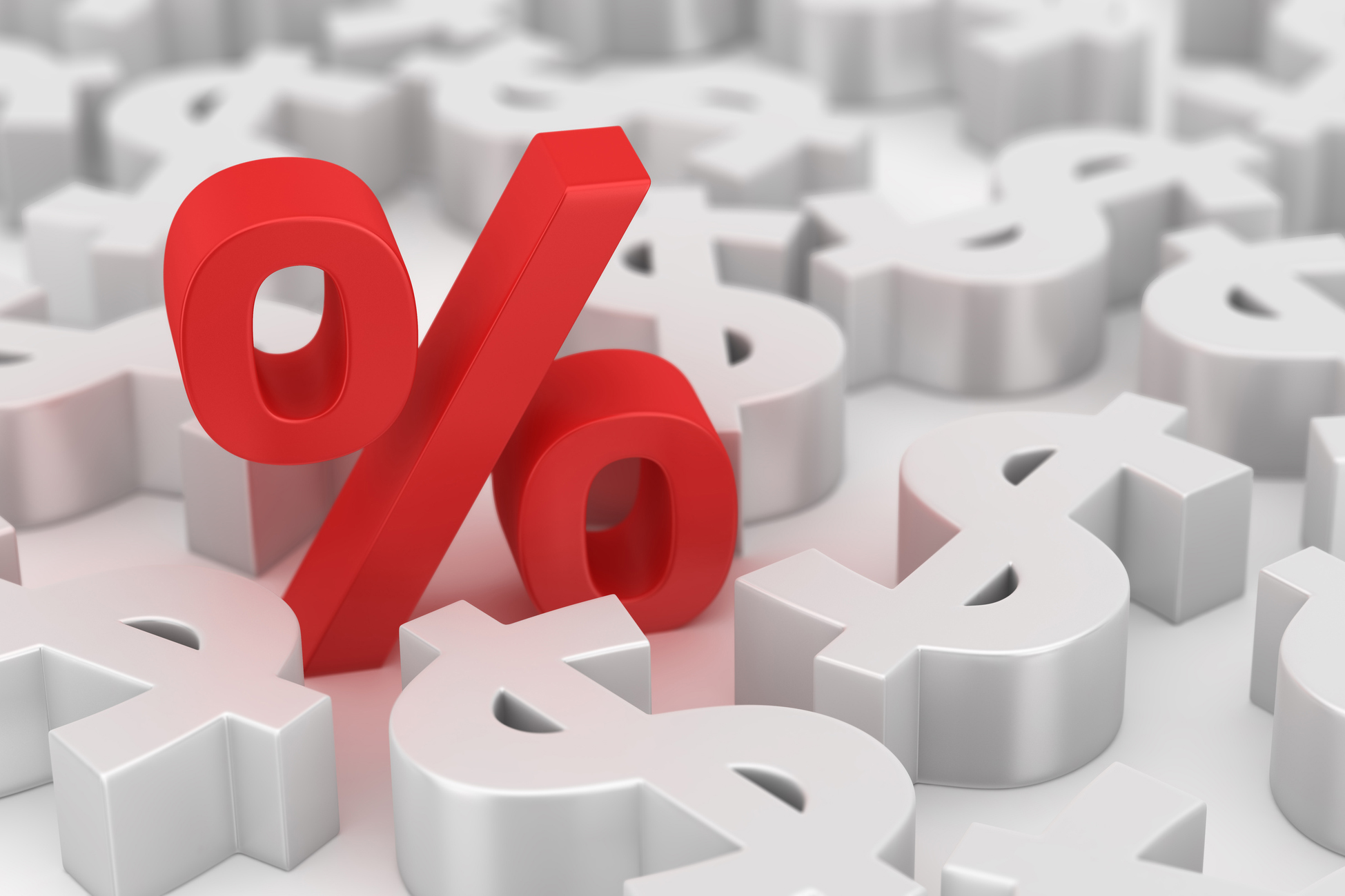The Federal Reserve Board announced Wednesday that it would raise interest rates just in time for the new year. During its meeting on Dec. 14, the Federal Open Market Committee voted for a 0.25 percentage-point increase, raising the federal funds interest rate to 0.75 percent. It was the first increase since an identical rate boost at this time last year, which was the first increase in almost a decade.
Yaacov Kopeliovich, assistant professor-in-residence in the Department of Finance, discusses what the increase means for the economy and consumers. Kopeliovich recently left a career in industry to join UConn. Now he instructs students on such current issues as the microstructure of specific markets and the contemporary way that financial institutions manage their financial assets and set their targets.
Q: This week, the Federal Reserve announced a 0.25 percent increase in its benchmark interest rate. Why now?
A: The rate was long coming and shouldn’t surprise anyone. The economic recovery has made a lot of progress in recent months, as seen clearly by the unemployment rates, and only the frustratingly slow growth prevented the Fed from starting the tightening cycle significantly earlier. In recent months, the financial markets have calmed down; Brexit and the U.S. election had a subdued effect on the markets overall. Further, the market reacted positively to the election results.
Q: This is the second rate increase in the past year or so, and three more are predicted for 2017. Are there grounds for supposing that this is a trend that will continue?
A: Absent any shocks, the current environment gave the Fed the green light to start the tightening cycle and raise the short rate by a meager amount. However, the Fed navigates in uncharted waters, and the prediction of three rate hikes may be correct only if the economy does not hit a soft patch.
Q: How will this affect banks, businesses large and small, and the economy at large?
A: The cycle of tightening should be a positive boost for the economy. It signals the consensus that the economy has emerged from the recession that happened in 2008. While growth has been slow compared to the historical potential of the U.S., this can be attributed to structural changes, like the aging of the U.S. population. One of the issues we have faced during this growth cycle is the low participation rate and relatively high unemployment among new employees and college graduates. A continuously improving economy should carry the positive message of more employment opportunities for young people, and have a positive impact on their wages.
Q: How will the rate increase affect consumer loans (e.g. mortgages and car loans), and how soon will the effects kick in?
A: Of course, in the shorter term the increasing rates may be an ominous signal to consumer loans and mortgage activity in the U.S., which will probably drop because of the rising rates environment. But on the other hand, improved economic opportunities should more than compensate for this headwind in the consumer loan and mortgage markets. At the same time, this can also create a very positive environment for retirees and insurance companies who will be able to meet their liability obligations without taking too many financial risks (“yield chasing”). That should improve their overall financial situation, and partially solve the chronic problem of underfunding pension plans.
Q: What does the increase mean for students who need to take out loans to complete their education? And what should families who have kids expecting to go on to higher education over the next few years be doing to keep college affordable?
A: For new entries into college, the rising rates not just on the short end but the longer-term rates as manifested in the 10-year treasury yield are a mixed bag. While affordability of college becomes more challenging, rising rates signal better opportunities in the job market which will increase the chances that these loans will be paid. We must remember that even with the low-rate environment, the default rate of student loans peaked, so that increased rates may not affect the affordability of college as dramatically as some economists predict. The crisis of funding for higher education and rising college costs in the U.S. should be addressed on the structural level.
Q: Can you put this in historical perspective? What have been the historical highs and lows in U.S. interest rates over time, and what has driven them?
A: The tightening cycle is natural for the economy, and long overdue. In the past 30 years, we’ve seen a consistently lower rate environment because of subdued growth and demographic shifts. A return to normal is great news, as it signals that the impact of the great recession is behind us. Finally, the historical 10-year rate (2.6 percent) is still low compared to the longer-term historical average, when it was around 5 percent.



